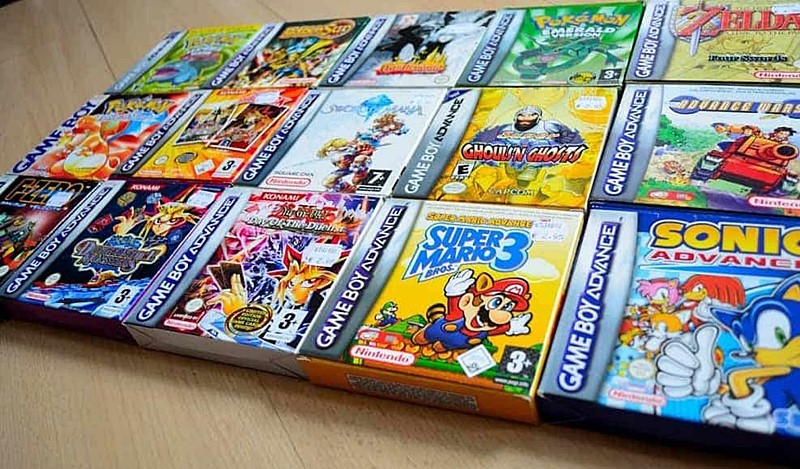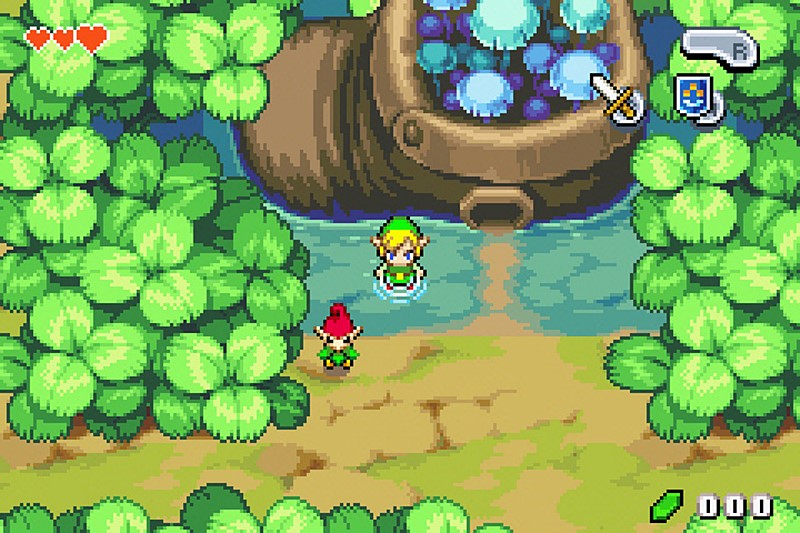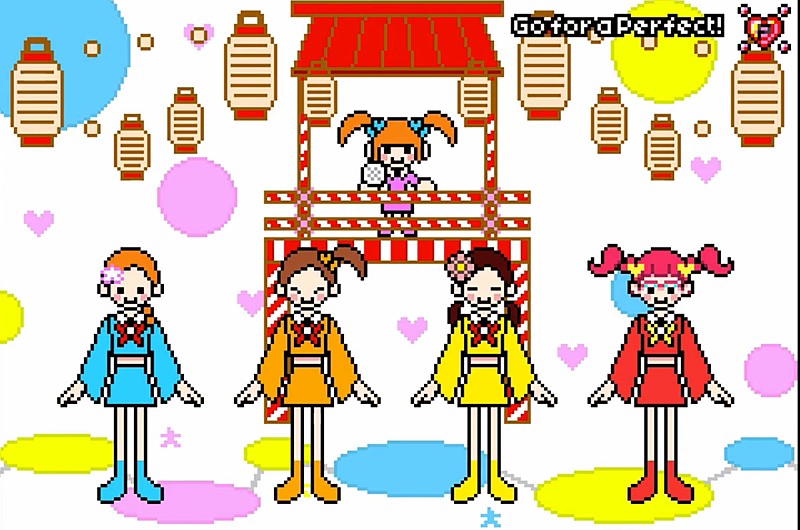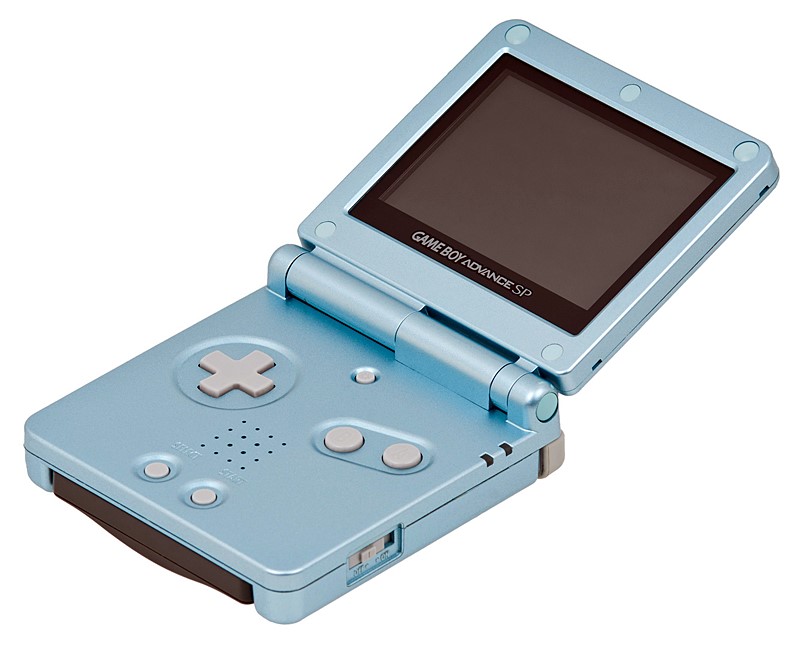Celebrating an icon: Happy 20th birthday, Game Boy Advance!
Considered to be the very last hardware of its kind to exclusively develop 2D games, Nintendo’s Game Boy Advance (GBA) celebrates 20 years in the industry this month of June.
The GBA was an era-defining piece of gaming experience. With a shift in design from its predecessor—the massive hit that is the Game Boy—into a more ergonomically inclined and graphically upgraded machine, a look back on what made the system memorable is only apt as it marks its two-decade anniversary.
It was June 11, 2001, almost three years since long-time Nintendo rival, Sega, ushered in the new cycle of console generation with the Dreamcast. All the while, the Mario-led company was just about to reinvent the handheld gaming console market yet again with the release of the portable home console successor of the Game Boy line in North America.
GBA’s arrival
The Game Boy Advance boasted more than its sleek new coat of purple paint. The games played horizontally to go along with the system's wider design and screen size, which allowed the addition of shoulder buttons for more complex game designs and player movement.
Retrospectively described as a compressed version of the Super Nintendo Entertainment System (SNES), the GBA’s 32 bit microprocessor was a class of its own. Considering that it’s the only system in the Game Boy family to have more in-depth improvements than just a better screen and color palettes.
Gamers across the world back then might as well have rejoiced collectively when, finally, a Game Boy console has a high resolution capable screen compared to its green tinted and limited color siblings.
If you were a kid during the time, playing under the covers at night, with a flashlight tucked under your neck to continue playing, happened more times than you care to admit.
As the late ’90s saw the rise of CD-based games with Sony’s PlayStation, the GBA made it known that it was possible to get high quality games right in your pocket. The system stayed true to its promise as it still stands as the 10th best-selling console of all time with 81.51 million units sold.
However, the absence of a backlit screen still meant that a good source of light while playing isn’t optional. Then again, those who owned the original GBA model look fondly in contorting their bodies to get a good angle with the living room lamps… probably.
If you were a kid during the time, playing under the covers at night, with a flashlight tucked under your neck to continue playing, happened more times than you care to admit.
A gaming library like no other
Throughout its run, the Game Boy Advance amassed around 1,500 titles in its library. Thanks to backward compatibility, it can also play the entire catalog of the original Game Boy and the Game Boy color, giving anyone with a GBA to sift through roughly 3,000 games in the Game Boy family system.
The clamour for backwards compatibility, or the capability for modern home consoles to play games from legacy systems, is always on gamers’ wishlists for many years. The GBA cordially took on this request and served as the conduit by allowing interoperability across its own systems.

Of course, the GBA has also launched titles that have become classics over time. The likes of Pokémon Ruby and Sapphire, which sold a whopping 16 million copies worldwide—without the heavy presence of social media at the time—was utterly impressive.
Nintendo’s heavy hitters delivered the top-notch quality games that fans and critics alike come to expect through their first-party line-up of games. The Legend of Zelda: A Link to the Past, a former SNES exclusive, or beloved kart racing series Mario Kart in a system that fits the pocket, and the debut of the famous plumbers in Mario and Luigi: Superstar Saga saw the brothers in a brand new RPG for the GBA.
Hidden gems
As established, one of the reasons which made the system so successful is how a multitude of games were developed for it. Some of which were a bit overlooked, to be honest, only because by the sheer number of available titles to play.
The Legend of Zelda: The Minish Cap, for example, is often included under honorable mentions only, but sometimes left out entirely in all-time lists of Zelda games. This game presented a perfect blend of the franchise formula to go along with the alluring visuals. While it sets the player back into the world of Hyrule, it also introduced the Minish, a race of minuscule creatures tasked to aid humanity to fend off the darkness. In a game that featured Vaati as the main antagonist over the series staple’s Ganon.

Although licensed games drew more flak in capitalizing gaming media for marketing purposes, some developers took the time to make something out of those video games for the Game Boy Advance that were based on existing intellectual properties.
The Lord of the Rings: The Third Age is a fine example of how good game design with direction contributes to the final output. Third Age for the GBA is a tactical turn-based strategy game that pits two commanders leading the forces of good through Aragorn, Gandalf, or Elrond versus evil led by the Witch-King, Mouth of Sauron, or Saruman himself.

The single-player campaign centers on missions based on the movie franchise, which impressively captures the music and visuals of middle-earth within the GBA’s limit. The “hot seat multiplayer” game mode was a fan favorite that allowed you and a buddy to duke it out with your version of iconic battles in the franchise with a substantially well-balanced strategy game.
Rhythm Tengoku is a perfect representation of the oddball games that were developed for the GBA. Essentially a rhythm game, it features stages of music-based mini games, all of which have its own theme and audio cues. From the celebration of Japanese culture with one level integrating the Bon Festival, or the Buddhist custom to honor one’s ancestor—to plucking out roots of an onion to sitar music, Rhythm Tengoku is an experience music lovers should try at least once.

The Game Boy Advance would go on and release two major iterations of the system, namely the Game Boy Advance SP and the Game Boy Advance Micro. The former introduced the sought-after backlight display, and a glimpse of the future with its clamshell exterior seen again in Nintendo’s future handhelds.
On the other, was the head scratching release of the Micro, which was five inches wide and was not backwards compatible, on top of being launched a year after its successor—the Nintendo DS in 2005.

Birthday wish
The most recent Nintendo Direct announced that it’s remastering the first two games of the Advance Wars series for the Nintendo Switch, which came out for the GBA in 2001. So, it seems Nintendo’s love for the beloved system is still there.
But with nothing more than a social media post during its 20th anniversary, fans speculate that perhaps there is more in store for the GBA in the future. Or maybe, Nintendo just forgot and is banking on the 25th year to announce something entirely.
The Game Boy Advance is a beloved system for anyone lucky enough to still have it.
The Switch is more than capable to handle a virtual console of the Game Boy Advance to emulate it on the system. Maybe they’re gearing up for a possible GBA classic edition similar to what the company has done with the Nintendo Entertainment System, the Sega Genesis, and Sony’s original PlayStation.
Whichever the case may be, the Game Boy Advance is a beloved system for anyone lucky enough to still have it. The shared experiences of placing the system in the perfect lighting condition to see the game you’re playing, or the adrenaline that rises in your body when your battery is dying and a set fresh of AA’s is nowhere to be found are relatable and truthfully nostalgic.



